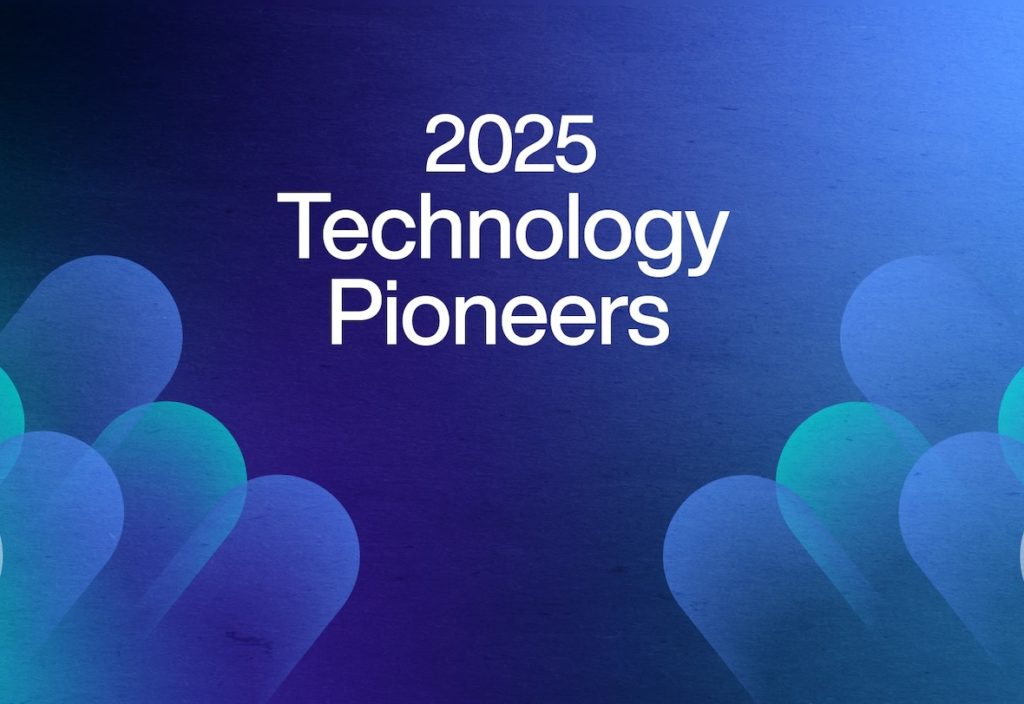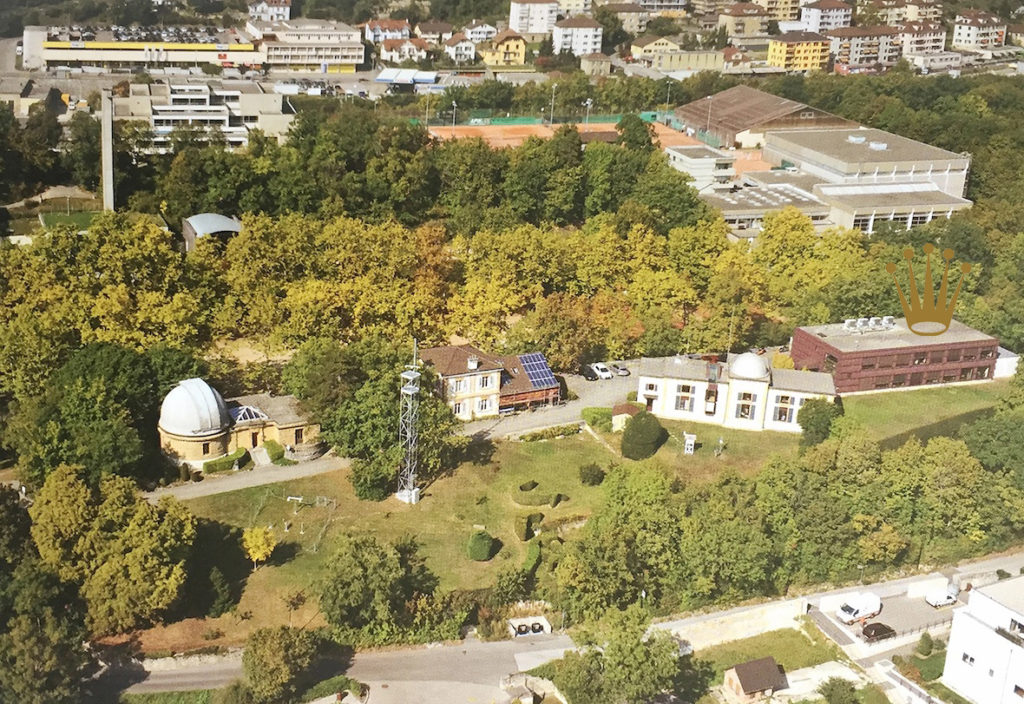
New technology to protect athletes from brain injuries
17 August 2022

Bearmind is developing sensors and algorithms to provide real-time concussion risk assessment to protect athletes from long-term brain damage. The start-up has received a Tech Seed loan from the FIT.
Chronic Traumatic Encephalopathy (CTE) is a degenerative brain disease that many former athletes suffer from as a result of repeated head impacts throughout their careers in impact sports such as field hockey, soccer, cycling, skiing and motorcycling. Bearmind aims to protect athltetes by controlling the number of concussions suffered, therefore reducing the risk of long-term brain damage.
This is because 40% of concussions still go undetected because they are diagnosed through a series of tests that focus on symptoms that may appear several hours after the impact. Even today, chronic traumatic encephalopathy makes headlines with tragic stories of retired athletes and unprecedented lawsuits with sports institutions.
By developing state-of-the-art sensors and algorithms, Bearmind provides sports teams with comprehensive information, real-time concussion risk assessment and cognitive performance monitoring. The combination of helmet-mounted sensors and analytics platforms targets multiple sports where athletes are at risk of impact.
A medical device certification within two years
The Lausanne-based start-up’s technology rests on three core pillars: first, sensors collect information about the movement of the head in the helmet; second, force sensors embedded in the helmet measure the intensity and location of impacts; and third, an algorithm processes the signals and provides objective measurements of the impacts.
Initiated as a result of projects conducted at EPFL’s Laboratory for Motion Analysis and Measurement (LMAM), Bearmind received an EPFL grant followed by an EPFL-Wyss Center Innogrant to launch the project.
Thanks to the FIT‘s Tech Seed loan of CHF 100,000, Bearmind will further develop its operational activities over the next six months, including hardware development and ordering sensors.
The start-up will then carry out a scientific validation over the next two years in order to obtain a medical device certification for its sensors.

